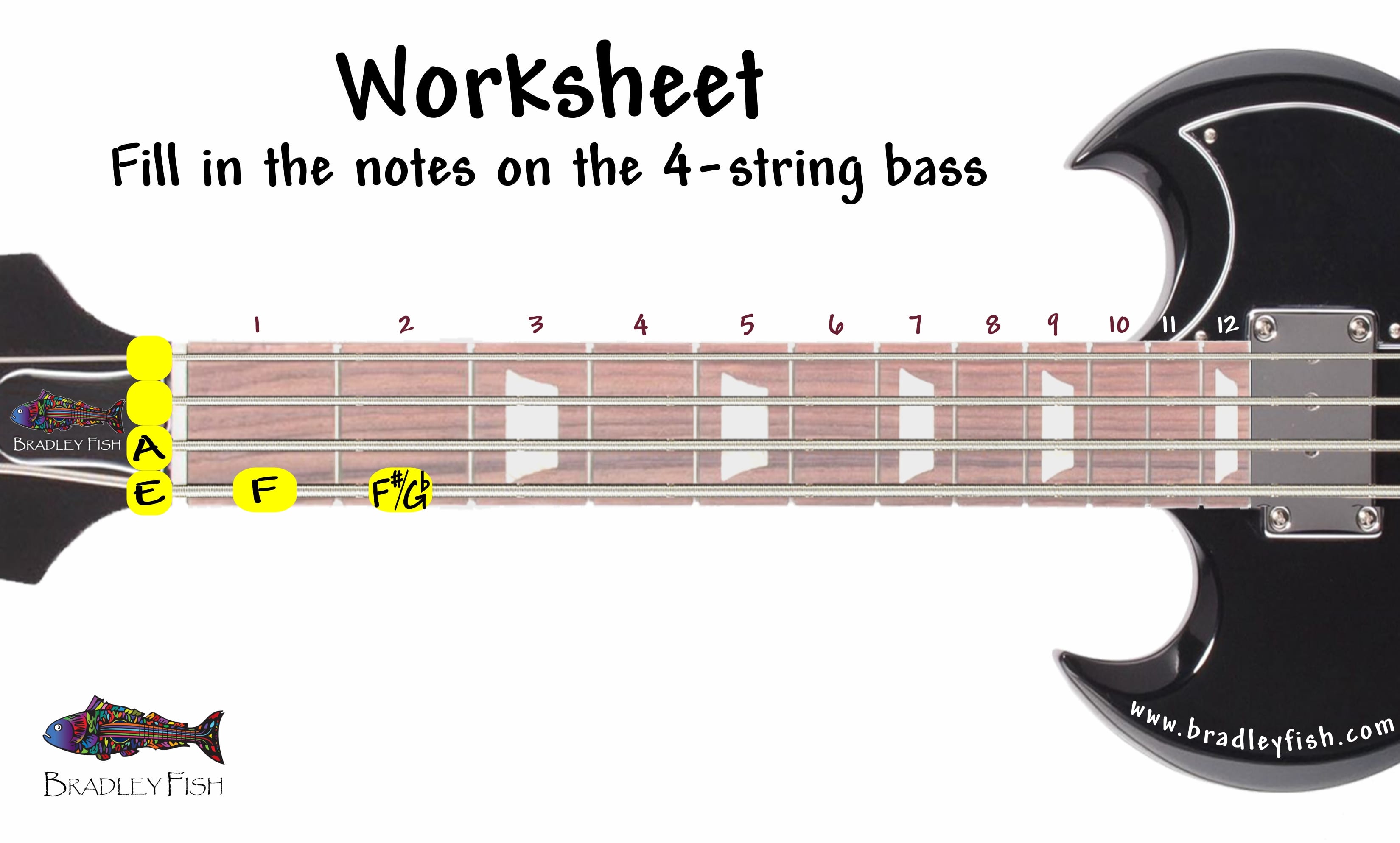

When playing the fourth fret on the E string, the same pitch will ring out – however, depending on the key of the song it could be notated as G# or Ab. You may be wondering why some notes have two names – for example, why is G# also an Ab? This concept is known as enharmonics: a pitch with two names.Notice a black note lies between each white note except B & C and E & F.

This is of course for learning purposes only, but try to think of each string as its own sequence of piano keys.

When the note G is reached at the end, we repeat back to A.Įach note can be natural (unaltered), sharp (#), or flat (b), resulting in 12 pitches total. When these notes are played in alphabetical order, they will ascend in pitch (and descend in pitch when played in reverse order). Similar to the letters of the English alphabet, notes are the building blocks of music theory, serving as the basic foundation for constructing musical ideas. Simply put, a note is a pitch with a given name. What are notes? How many are there? How do I learn the notes on the bass guitar fretboard? Get the answers to all these questions and more. Why? Because deep down most know that there is value in learning it, and it all starts with one simple concept: notes. Musicians have mixed feelings about music theory, but despite the fact that it may be confusing there is still a desire to grasp understanding of it.


 0 kommentar(er)
0 kommentar(er)
